Photos taken walking around a rich white neighborhood of Shaker Heights, Ohio back in July…
Joe Biden won 90 percent of the vote among the folks here (Wikipedia). Quite a few houses sported political signs, 100 percent of them advocating for progressive Democrat points of view. Example from a $1 million house (a fortune by Rust Belt standards!):
Maybe the owner doesn’t want to replace the sign with one that is better condition because that wouldn’t communicate that he/she/ze/they has had a longstanding relationship with Black Lives Matter. What would happen if a Black Life from Cleveland proper wanted to dip into the “public” Shaker Heights swimming pool? Unless accompanied by a resident, he/she/ze/they would be excluded due to non-residency:
We did find some genuine diversity in the Van Aken District. One visitor was dressed in a full burqa with eye slit. Her companion wore a modest abaya with parts of her face showing and everything else covered. They walked by this clothing store whose message wasn’t exactly Islamic:

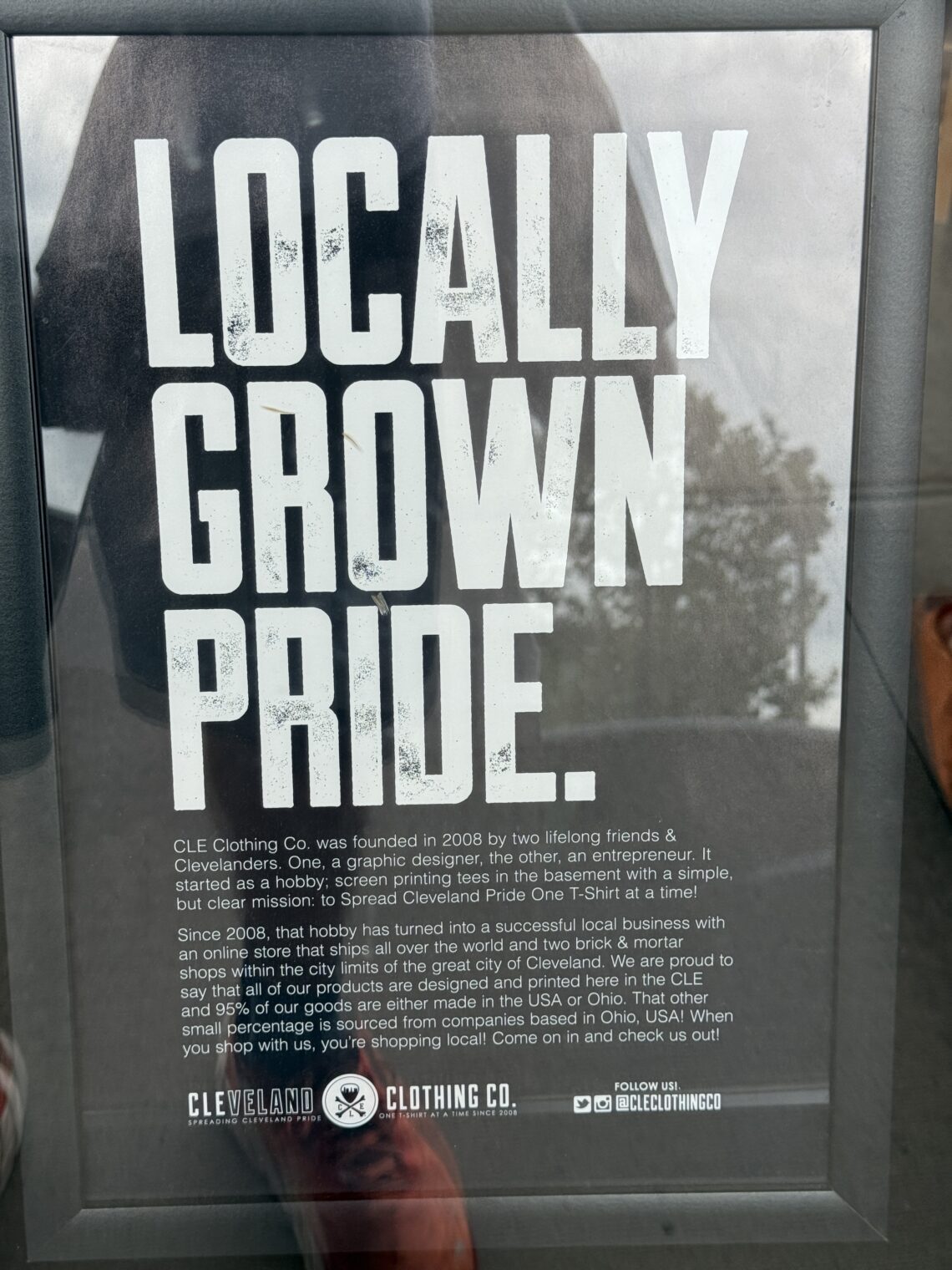
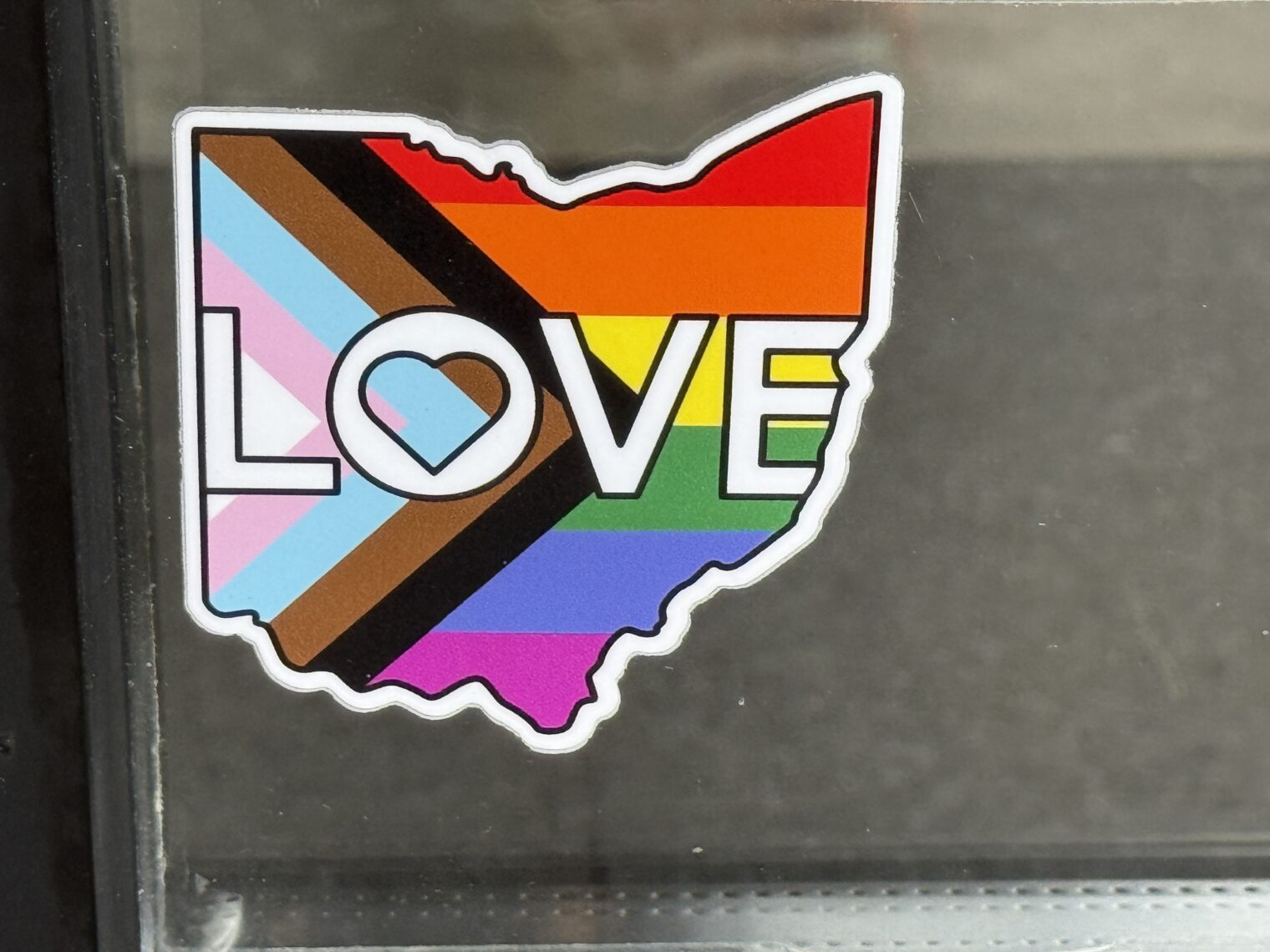
None of the closeted conservatives of Shaker Heights had the temerity to display any political message outside of their homes. One of the better examples of independent thinking was this house with a “resist” sign, an upside-down American flag, and a Ukrainian flag:
A sampling of the signs in front of some other $1 million houses:
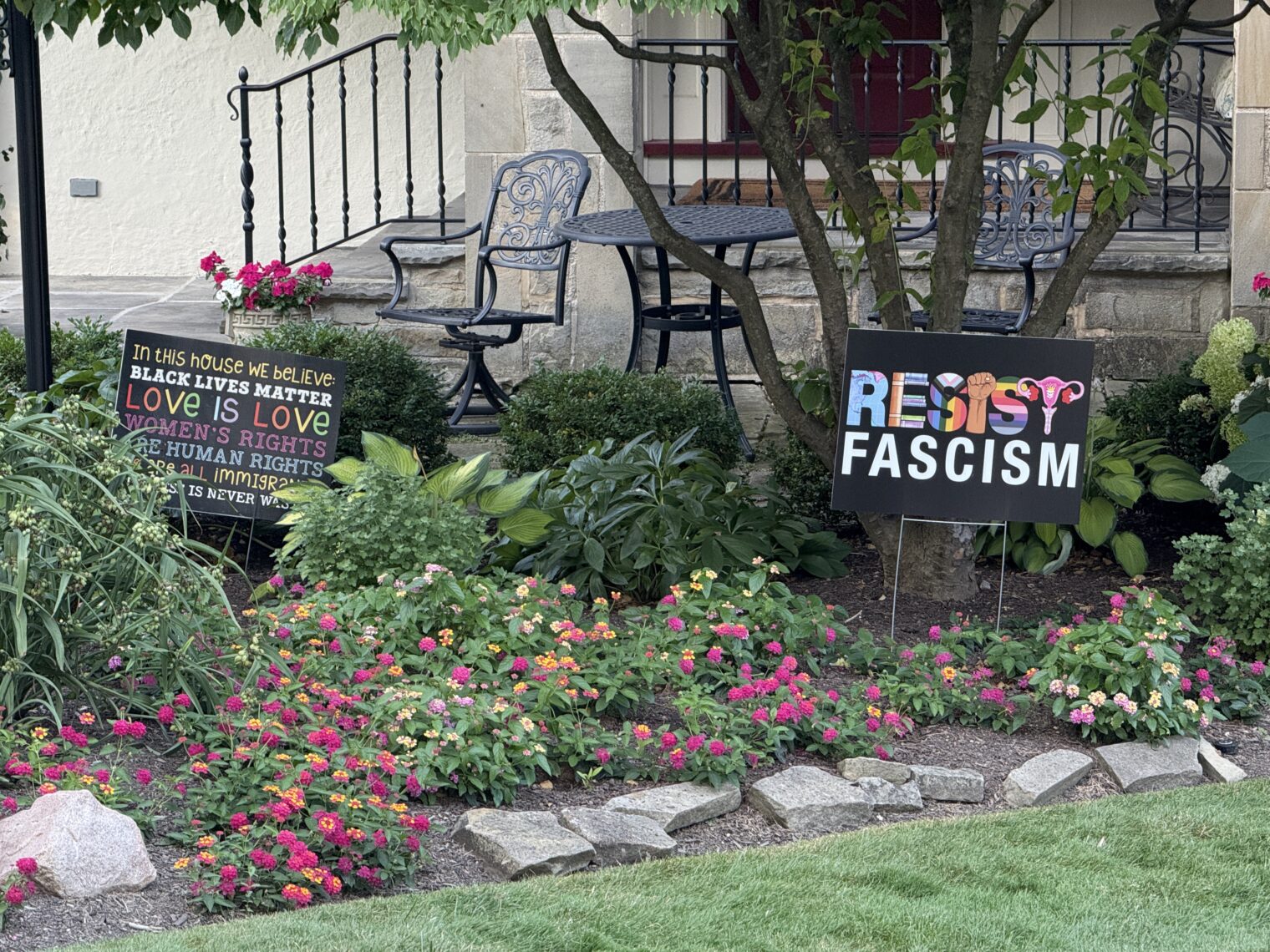
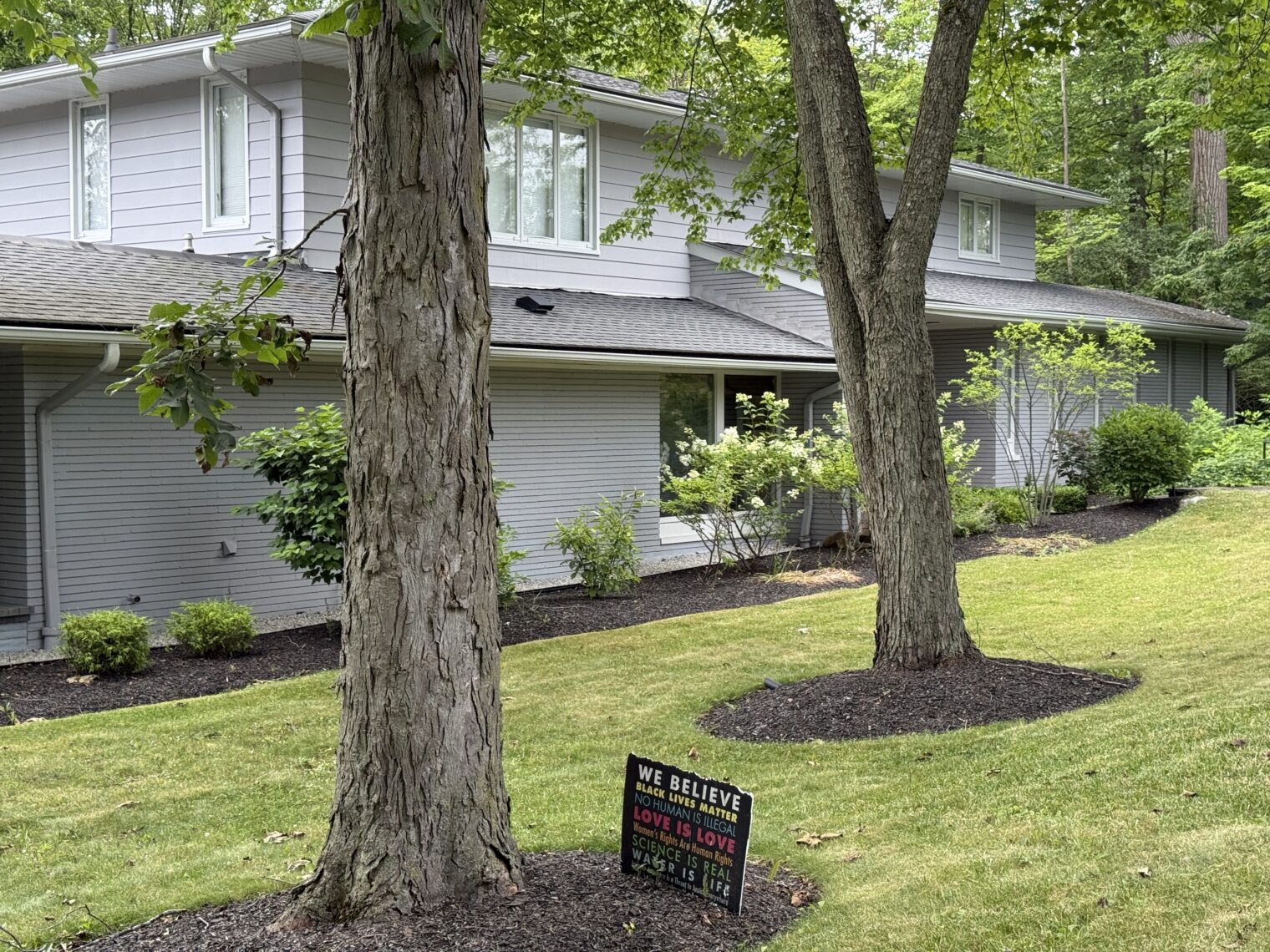
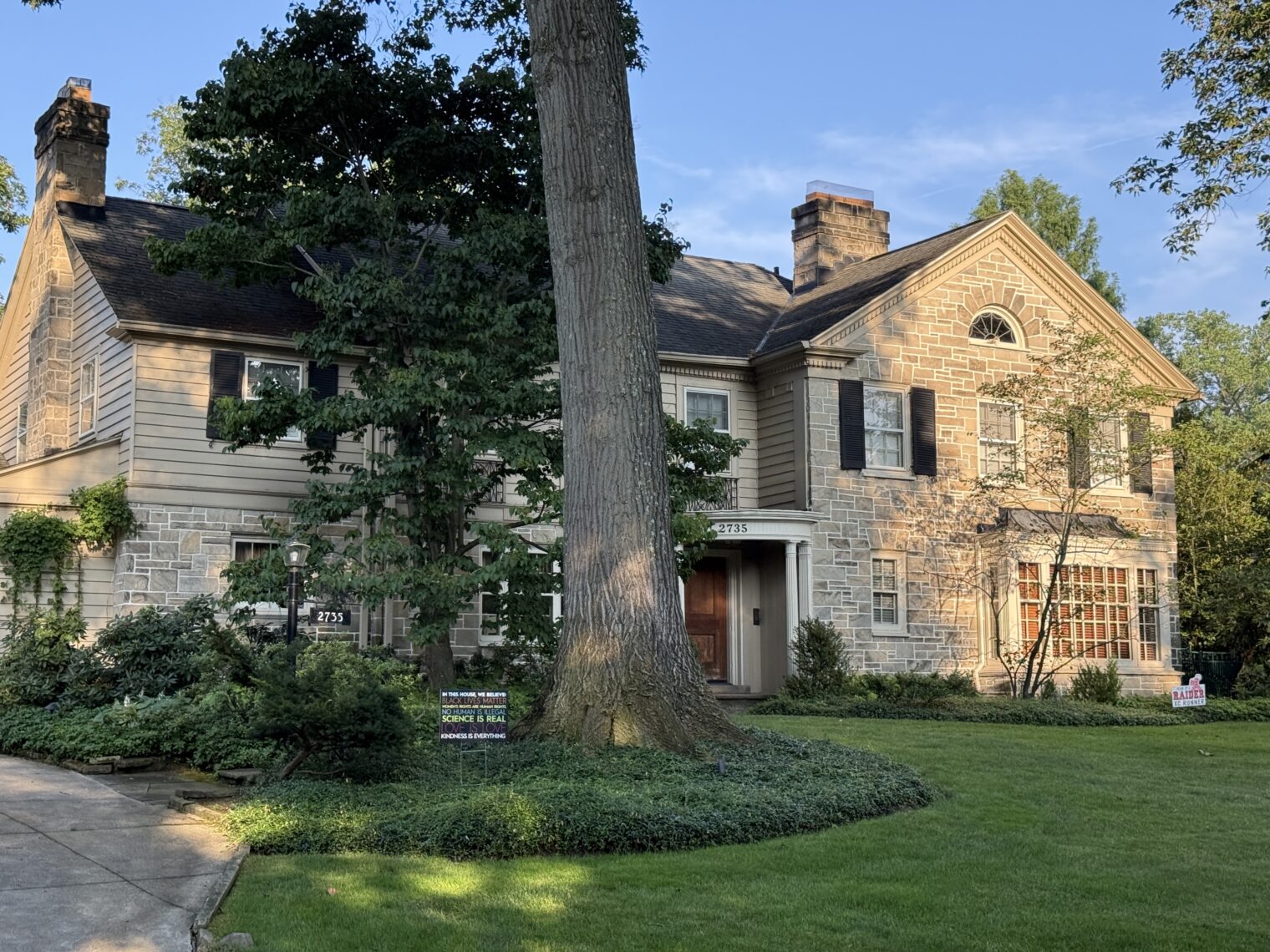
I wonder if these signs help maintain neighborhood political monoculture by discouraging anyone who disagrees with the posted messages from buying a house. This would result in an increase in happiness among residents, according to Harvard University research as covered by the New York Times: “The downside of diversity” (2007).
But a massive new study, based on detailed interviews of nearly 30,000 people across America, has concluded just the opposite. Harvard political scientist Robert Putnam — famous for “Bowling Alone,” his 2000 book on declining civic engagement — has found that the greater the diversity in a community, the fewer people vote and the less they volunteer, the less they give to charity and work on community projects. In the most diverse communities, neighbors trust one another about half as much as they do in the most homogenous settings. The study, the largest ever on civic engagement in America, found that virtually all measures of civic health are lower in more diverse settings.
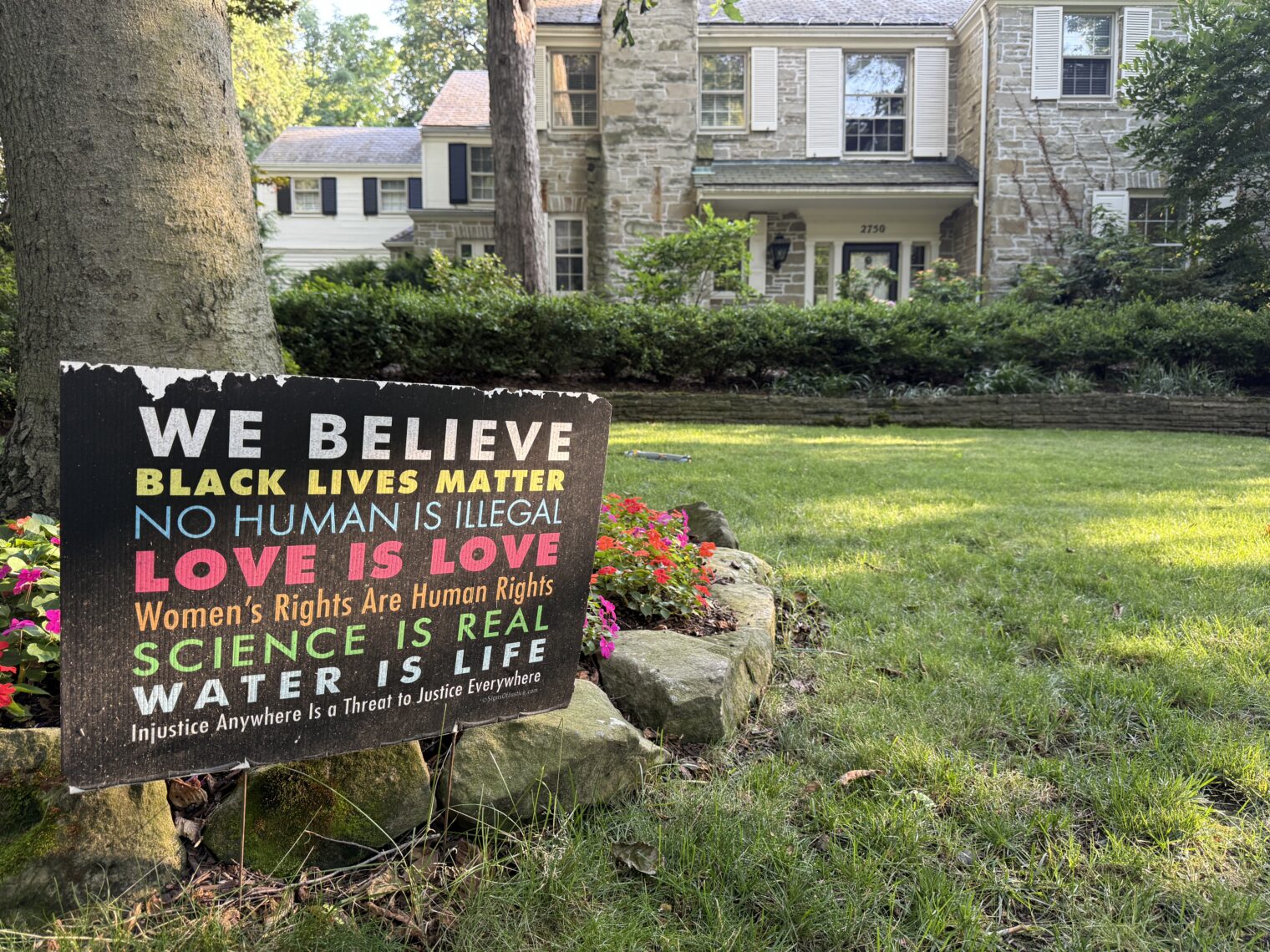

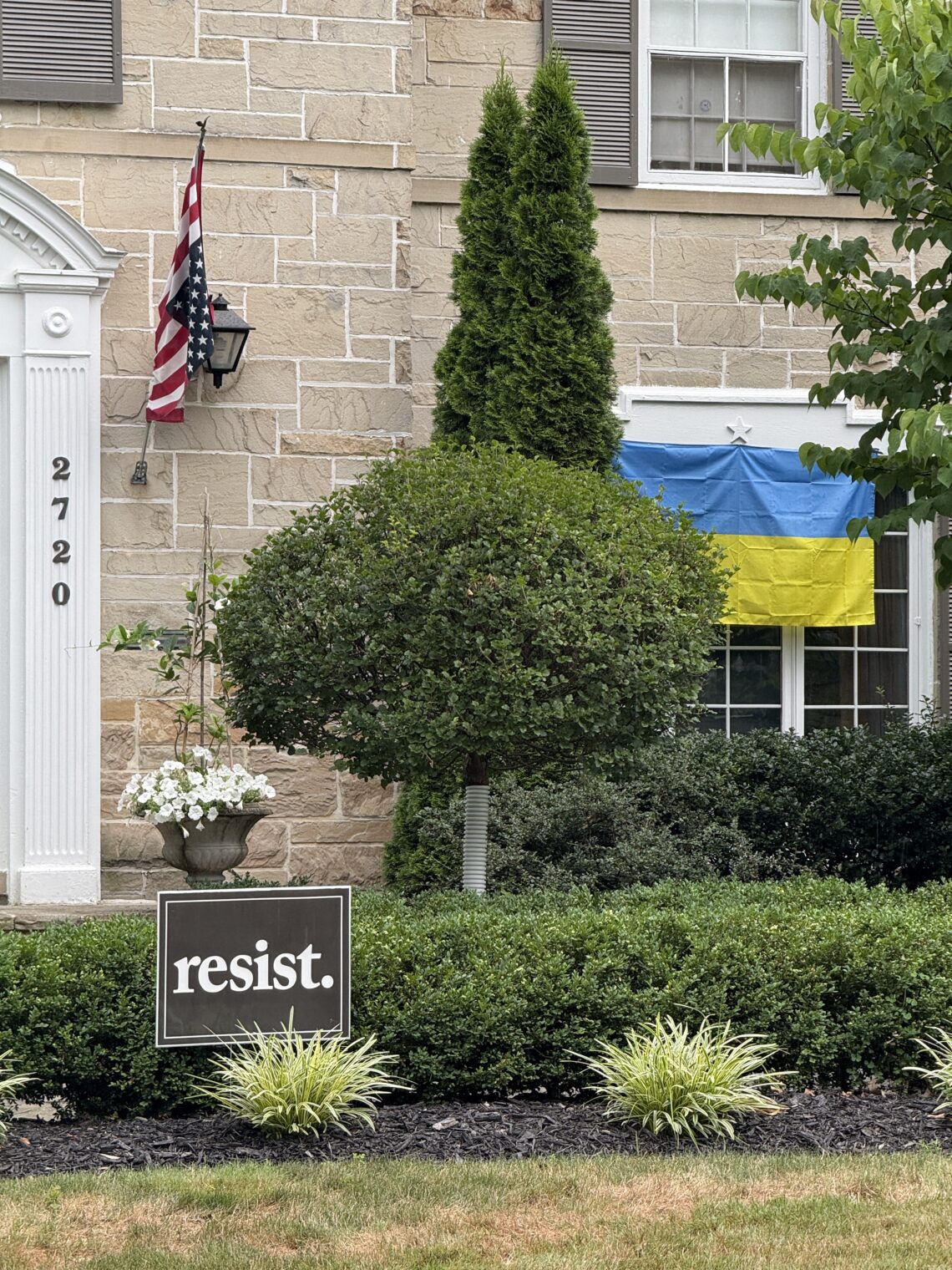
Shouldn’t we attribute our quotes?
“Resist.” — Georg Simon Ohm
Take back *our* (engineers) word, and get young people to design A/Cs that work instead of majoring in Radical Womyns studies (although that seems to pay better in Shaker Heights).
We drove through Ohio this summer, went directly to Lake Michigan, did not stop at Cleveland or Ann Arbor. Columbus seemed like the most normal part we drove through, though who knows what hidden societal problems lurk there. For some reason many Millennials and Gen-Zs hate Ohio, not sure why.
Some comedian who read my comment here sent me a video for a condo Ex-Becky #1 sold in Stuart, FL, for $999/SQFT “Your 3rd vacation condo could be almost as big as some peoples’ *residences*!” Man, that would be my primary residence, for about 1 month before I ran out of money–then I could pawn the six burner commercial stove for a ticket to Margaritaville. Apparently, she’s living in something more modest in FL–former servants’ quarters for $500/sqft? The condo does have water access, for quick runs in the cigarette boat to C. America.
Yes, the Rust Belt is horrible, with all its affordable property, giant buffer areas around airports, and some Becky-free zones. It’s also full. Even the Margarita mix is about 50% less at Wal*Mart. And no banana-leaf covered rafts full of drunken parrot heads drifting by singing, “It’s five o’clock somewhere!” at 2AM.